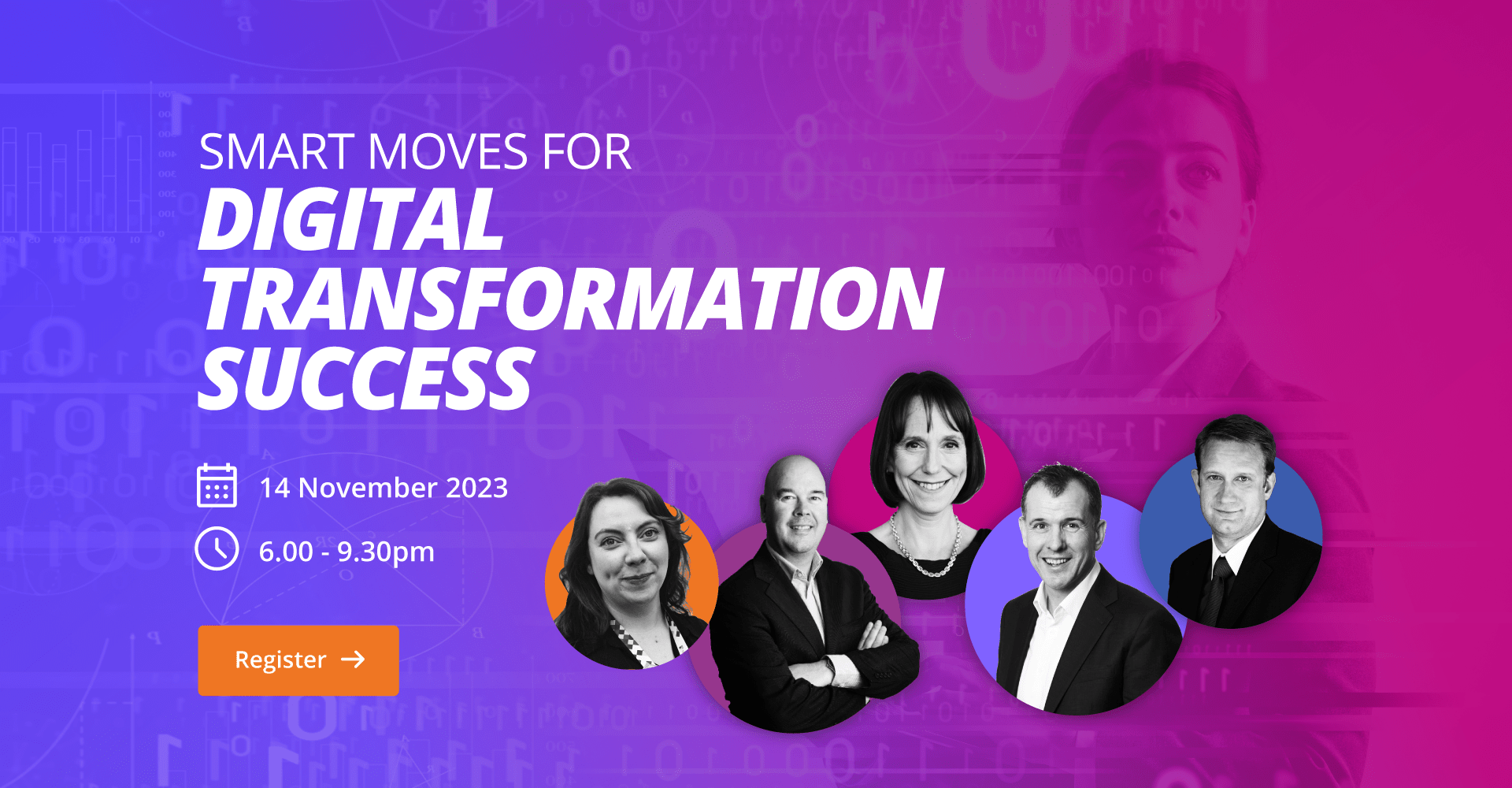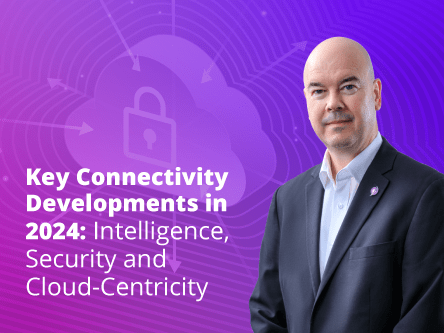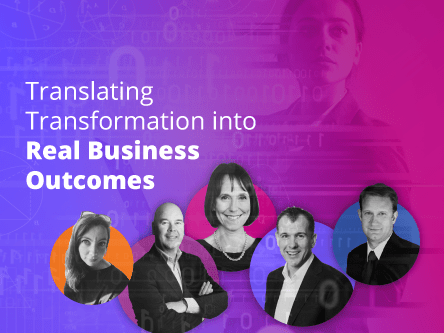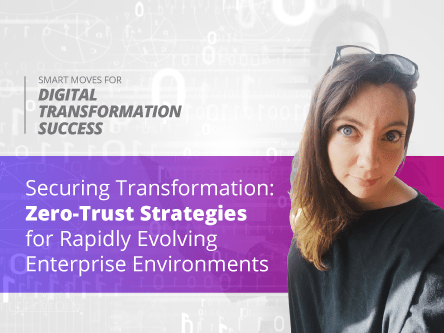The term Digital Transformation has become a familiar one to businesses over the last few years. And reasons why it’s been such a hot topic is because it promises to deliver innovation, efficiencies and enable adaptation.
But if you are considering adopting a digital strategy approach to your business, one factor that enterprises often don’t consider enough as a starting point is asking themselves the question, “what are we trying to achieve?”
It may seem like an obvious question to ask before transforming various business operations, however far too many enterprises go all in with digital transformation, without fully understanding the reasoning behind it. This can lead to bumps in the road, and sometimes even wasted investment into a strategy without purpose.
There’s a lot more to digital strategies than meets the eye, which can be complex for enterprises without advanced tech teams in-house. You need to really think about what your challenges are, and what you are trying to deliver.
Defining the Objective
There are a number of business challenges that digital transformation can overcome. But surprisingly to some, defining your starting point isn’t about digital technologies, it’s about understanding what you want to achieve.
Do you need to convert your infrastructure into a digital environment or a hosted environment? Have you thought about your data, and how you create, manage, store, access and protect it? These are all good initial questions to ask, I like to call them my layer 2 questions. But again, they are not the starting point.
Your Layer 1 questions are your primary objectives and are usually specific to your own business. What outcomes are you looking for, what are the business objectives that you are going to report to the board, or senior leadership? Addressing new markets, achieving faster deployment of services and book to cash or is the main focus on boosting operational efficiencies for higher business success?
Achieving these objectives through a digital transformation are the show me the money results.
Setting these objectives can be based on problematic analysis. What is a problem that you, and/or the wider team are facing on a regular basis, or what is slowing you down? Once you have those defined, that starts to set out the rule book on what you need to consider, from a resources, systems and software point of view.
It is crucial that you define what you are actually trying to overcome first, so that you can then tailor your strategy and technologies accordingly. Otherwise, you run the risk of adopting technologies that are not the best fit for your unique challenges.
Defining and Delivering Transformation
Once you have defined your objectives, there are various considerations to putting together your plan. Quite often though, one of the least recognised elements of a digital transformation strategy is the core network. Many enterprises put their primary focus on their data, services and applications, which are all important aspects, however the network is the link that ties everything together – the enabler for their success.
The three cornerstones of functional performance in a digital world are networking, housing and software. For digital transformation to be a success, each aspect must be considered. One cannot successfully exist without the others.
C-level executives must clearly define the objective of the transformation, and then decide on the digital environment that is going to enable that transformation. They need to think about how to achieve high-level objectives in terms of the network environment, housing and software surrounding their business.
Another key point is security. Enterprise IT ecosystems are getting bigger, with a wider attack surface and more cloud-based applications and services than ever before. When undergoing digital transformation, security must also be at the forefront to secure the network from potential hacks and breaches.
As soon as you start thinking about reengineering your application environment, data environment, customer interactions and partner interactions digitally, you have to first redesign your network to facilitate that.
If an enterprise needs to migrate data from one environment to another using the public Internet for data at volume, it is both slow and often unsecure. For example, one of our customers needed to migrate large repositories of data out of Europe and back to the United States. To migrate that data via the Internet, it was going to take anywhere between one to three months, so they needed to consider different options. By instead putting a dedicated connection between their sites, we were able to significantly reduce that migration time to just seven days.
Having an expert service provider by your side when developing and implementing a new digital strategy can make a world of difference. Many enterprises experience digital skills gaps within their organisation, and by choosing to work with an expert partner, can gain a multitude of new insights and connectivity options to fit their needs.
Another example is a Spanish company that sold transportation tickets. It needed to move from selling tickets from ticket machines at train stations, to being able to sell the tickets online. It needed to migrate into a network environment that could present tickets on-demand online and in apps. The first thing to be considered was to think about how to link the digital and physical eco-system together from an application perspective to make it work. As an example, payment gateways as an application and how they interacted with the ordering platform needed to be considered, since selling tickets online would be different to its previous payment gateways at the train station machines.
The next consideration was to think about where the customer’s application environment would be hosted and interact a software stack from the cloud to a payment gateway. It was also important to identify whether these interdependencies were mission-critical. In this instance, if an interface failed, that would result in lost sales. So, the customer needed to ensure its network was capable of mission-critical connectivity to avoid revenue losses and customer dissatisfaction. An expert networking partner can provide different levels of service or reliability according to priorities within the network.
Enterprises need to find a network service provider that has both the agility and flexibility to design a bespoke solution according to varying demands. The right partner will have the in-depth knowledge to assess what connectivity options are required for mission-critical data and services, as well as providing more cost-efficient options like the public Internet for lower priority traffic. It’s all about designing a solution that fits the specific requirements of the enterprise, with the expert consultancy and advice alongside that.
Networking Expertise and Consultancy
When enterprises are implementing their digital strategy with an expert partner, it’s vital that they choose a provider that can also offer them full visibility and control over their network and solutions.
The right partner will present the network and its various components in a visible format with a user-friendly portal, without the enterprise needing to lose control over its network. This makes it more straightforward to monitor and resolve any potential issues before they happen.
There are so many vertical and horizontal layers of networking available in today’s digital landscape, that it really is a mix and match, solution-orientated world for enterprises. They need to find a true networking partner that can craft a bespoke networking solution according to their needs, and optimise user experiences no matter the location.
Technology alone cannot solve all enterprise challenges – there still needs to be an expert human team behind it with the experience and insights to make digital transformation a success.
Author: Mark Daley, Director of Digital Strategy and Business Development, Epsilon Telecommunications








